
- 99721 95354
- Arekere Main Rd, Sarvobhogam Nagar, Arekere, Bengaluru, Karnataka 560076


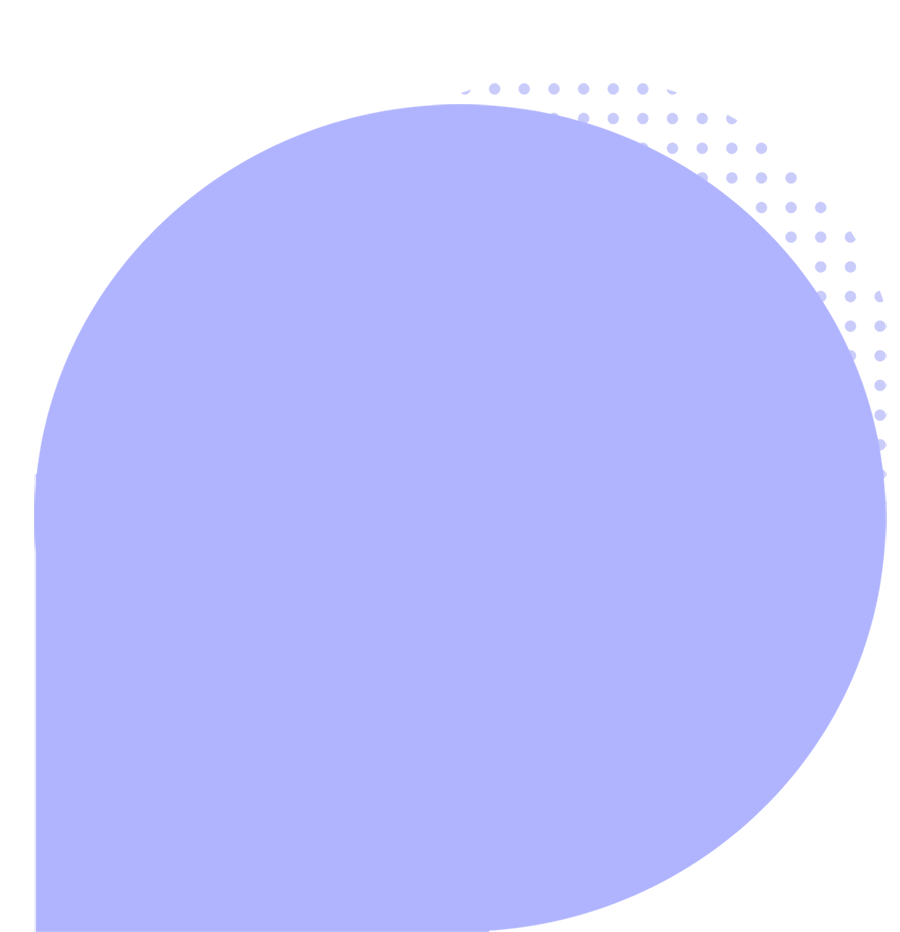
There are two types
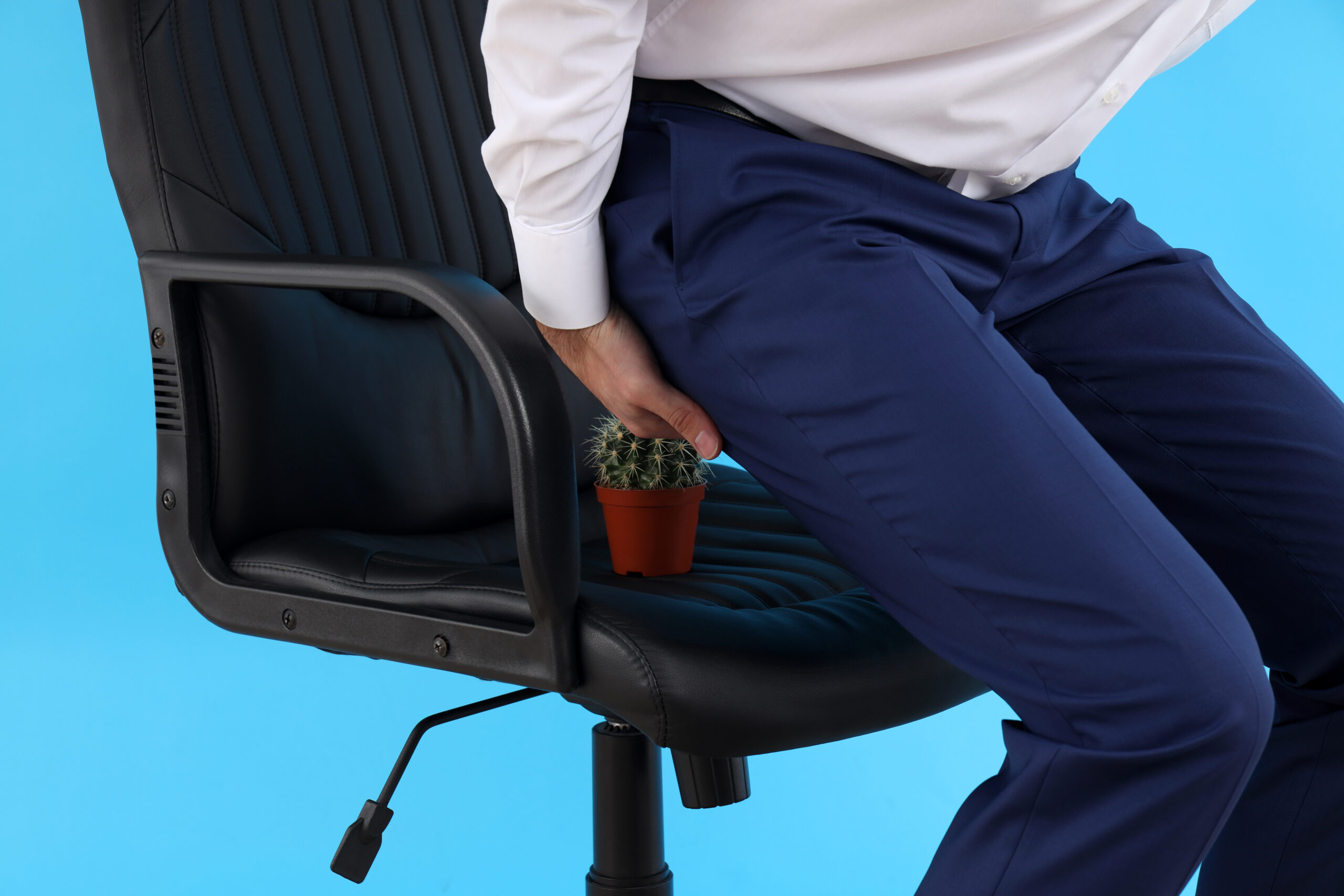
Bleeding is the earliest symptom. The nature of the bleeding is characteristically separate from the stools and is seen either on the paper on wiping or as a fresh splash in the commode. Bleeding usually painless. Based on the symptoms internal piles is classified into 4 grades:
● First degree – bleed only, no prolapse
● Second degree – prolapse but reduce spontaneously
● Third degree – prolapse but have to be manually reduced
● Fourth degree – permanently prolapsed (associated with pain)

Usualy pile sis diagnosed clinicaly with the help of proctoscopy. Some times patients may need colonoscopy/ sigmoidiscopy if the treating doctor suspects something more than apart from hemorrhoids.
● Strangulation and thrombosis
● Ulceration
● Gangrene
● Portal pyaemia
Treatment of piles depends on the grtade of piles
Grade 1 and 2 can be managed with the help of medicines.
Grade 3 to some extent can be managed with medicines if patient is not willing or not fit for surgery but patients usually end up with surgery.
Grade 4 definitely requires surgery.
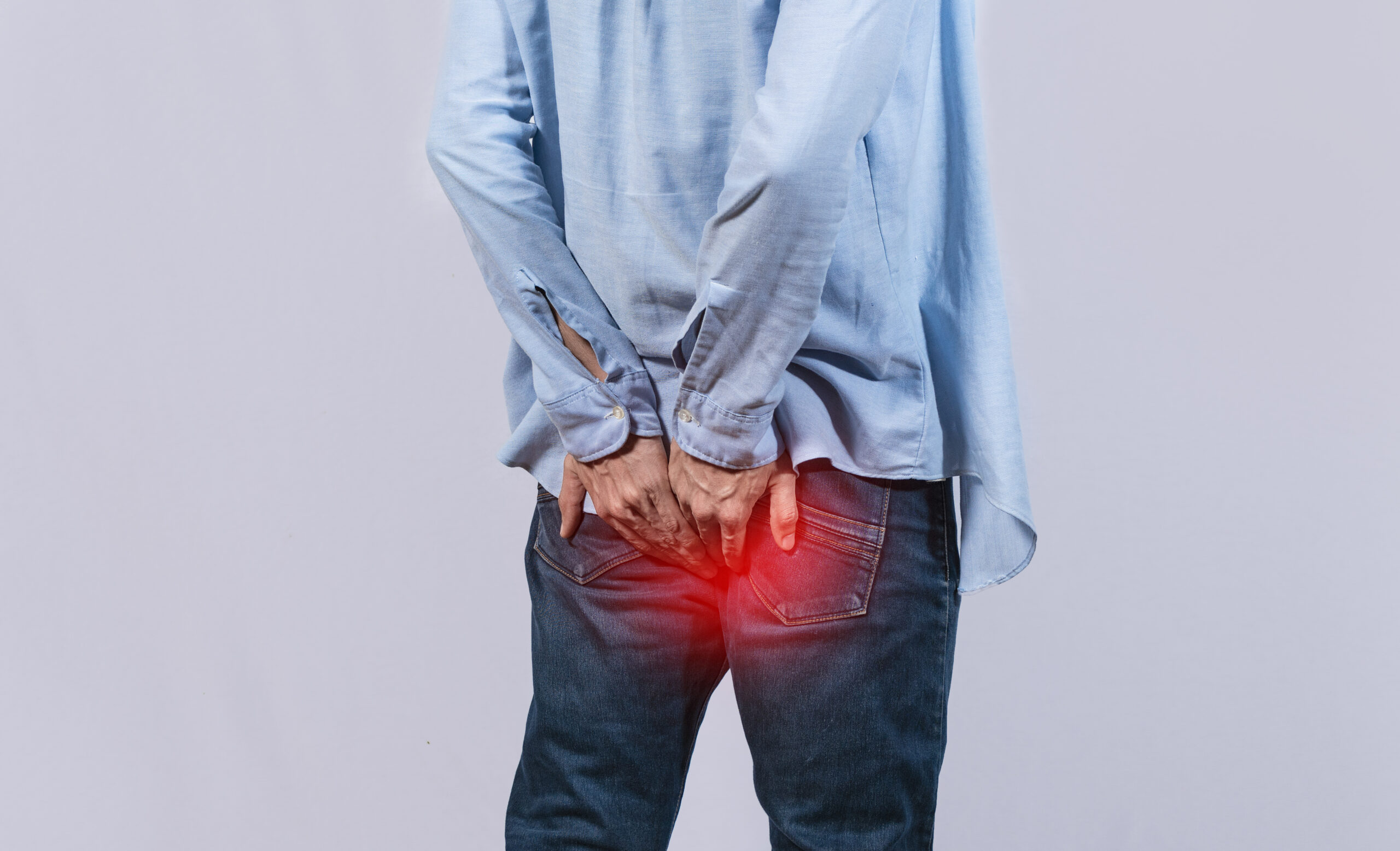
1. Conventional hemorrhoidectomy: it involves cutting the engorged vein and suturing the wound. The drawback of this procedure is it usally causes post operative pain.
2. Stapler hemorrhoidectomy: here a device called stapler is used to perform hemorrhoidectomy. it cuts the hemorrhoids mass and sutures at the same time. It is less painful compared to conventional method. Drawback is if it not performed properly it can lead to pain, perforation and abcess etc.
3. LASER technique: it is a new method of treating piles. Here Laser energy source is used to burn the piles mass and ther is no cutting involved. The main advantage is that it is the least painful technique among the three methods & patients acn be discharged on the same day itself.
4. Transanal haemorrhoidal ligation (HAL) Trans anal Doppler-guided ligation of those vessels feeding the haemorrhoidal masses. The complication rate and postoperative pain scores are better after HAL than with conventional surgery.
Mostly the post op care is same for any method of surgery. Patients are usually asked to take antibiotics to prevent infection. Patients are asked to do sitz bath thrice a day and they have to take laxatives for a certain period so there wont be any pressure on the suture line.

099721 95354


Call us now

Drop us an email
We are always there to assist you
